IT’S THAT TIME OF YEAR AGAIN…SUMMER!! And with that comes the sun and extended exposures so let’s talk all about it!
Is the sun good or bad?
First and foremost, let's dispel the lie that the sun is dangerous. The sun is necessary and important if it wasn't God would not have created it (Genesis 1), but there are ways we can spend time in the sun that might be more beneficial than others. Society has told us that the sun is bad, and causes cancer, but thats not the whole picture, yes getting sunburned is not good and has been linked to dis-ease. But many times what we are consuming, like processed foods with seed oils, interacts with the sun and actually causes the problems that are attributed to just the sun. And actually studies have shown that insufficient sun exposure has been linked to increased incidence of breast cancer, colorectal cancer, hypertension, cardiovascular disease, metabolic syndrome, MS, Alzheimer's, autism, asthma, type 1 diabetes and myopia.
There are so many benefits of sun exposure, here are just a few:
- Melatonin production and regulation
- Enhances mood and increases energy due to endorphin release
- Supporting circadian rhythm and hormone/adrenals
- Increases nitric oxide which is protective against UV damage
- Regulates body temperature
- Vitamin D synthesis from cholesterol, etc.
What's the best way to be in the sun?
Here is a list of ways to spend time in the sun (not exclusive):
- Build your tolerance to the sun slowly.
- Morning and evening sun is BEST! (eyes exposed to morning sun better)
- Wear protective clothing during peak sun exposure or spend smaller amounts of time in the sun during those hours.
- Avoid sunburn.
- Eat whole foods. Limit processed food and seed oils.
It always seems to happen that one of the first warmer summer days I go outside for an extended period of I get sunburned. My body isn't use to it yet; it isn't prepared for it. An easy way to help your body prepare for the sun is to make sure to get outside and let the early morning light into your eyes. Honestly if you want to help with sleep, circadian rhythm, hormones and adrenals not to mention set your body up for being ready for sun exposure -- do yourself a favor and let your eyes see the morning sun! Hold off on putting on your sunglasses until later in the day.
Another thing that isn't talked about enough is what we are consuming and putting all over our skin makes a difference in how our body handles the sun exposure. If we eat a lot of processed food with seed oils that will react with the sun's UV rays and could cause us to burn more quickly, not to mention how we recover from the burn. Anything that increases our toxic load is detrimental to our overall health and can cause all different kinds of dis-ease.
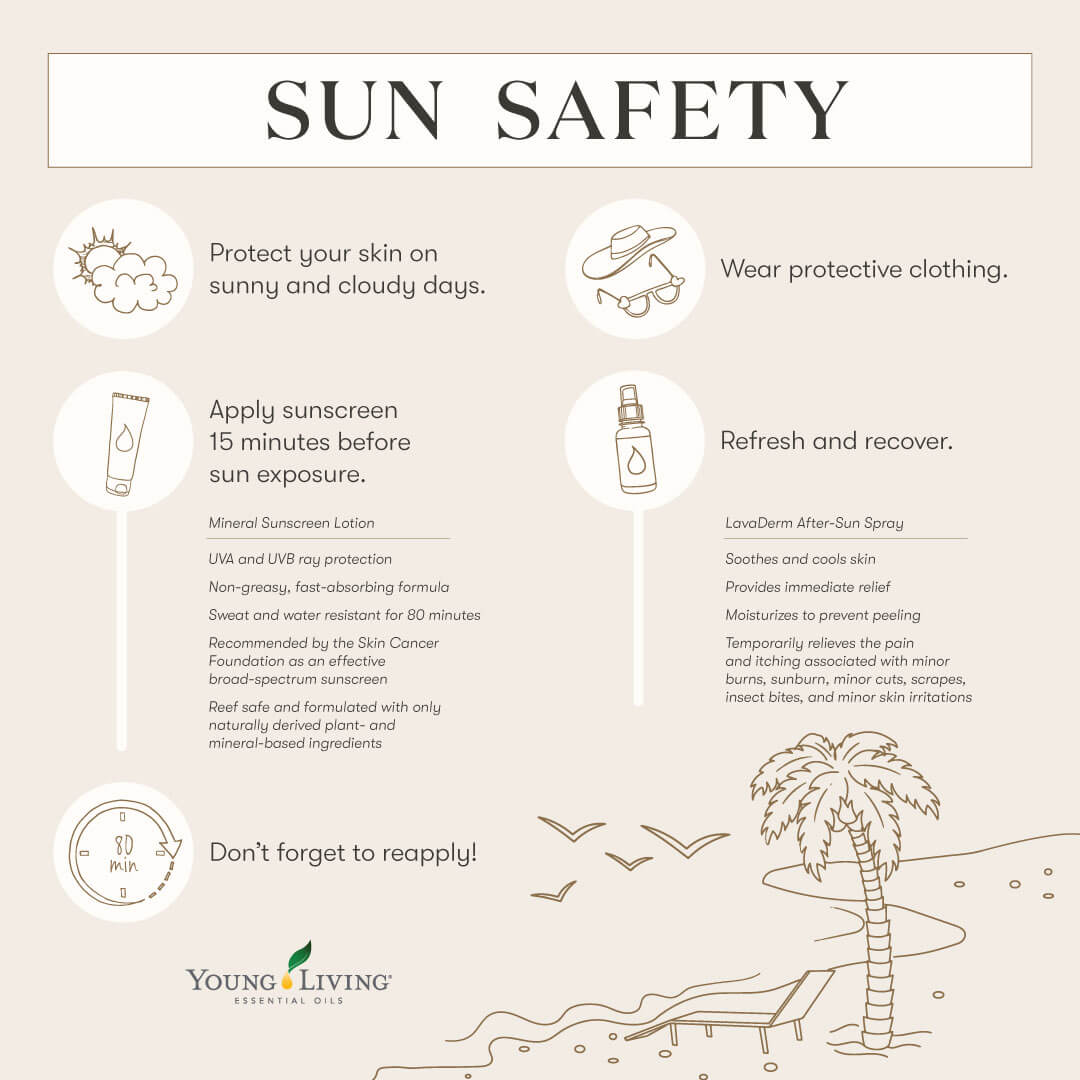
How do we avoid getting sunburned?
If you are going to spend extended time in the sun, especially during peak sun hours, you should use protective clothing and/or sunscreen!
But what kind of sunscreen you choose is important especially if you are trying to limit your toxic chemical exposure. Some people believe that sunscreen in general are toxic. This is not necessarily true, depending on what kind you use. There are two different types of sunscreens on the market. The first is chemical sunscreen and the second is barrier sunscreen. Chemical sunscreens include a combination of ingredients such as avobenzone, oxybenzone, octorylene, homosalate and others, whereas barrier sunscreens include zinc oxide or titanium dioxide as the primary ingredient. Both are known to filter ultraviolet (UV) rays from the sun, but they do it in different ways.
Chemical sunscreens work by absorbing UV light, whereas barrier sunscreen physically block UV light. Chemical sunscreens are known to cross the skin barrier, and may contribute to systemic toxicity. The concern for systemic toxicity with barrier sunscreens arises when the particles are very small, as in nano or 0.000000001 meters. The scientific data we have shows that nanoparticles being absorbed across the skin may cause liver dysfunction and liver dysfunction in offspring. So when you are looking at barrier sunscreens make sure you are getting the non-nano version, so the particles do not cross the surface of the skin.
Are there downsides to mineral sunscreens?
As with anything, there are always pros and cons. Mineral sunscreens may rinse off more easily because they sit on the surface of the skin. Therefore it is important to reapply them regularly. Mineral sunscreens may leave an opaque residue on the skin, and you have to be selective about which one you use. Mineral sunscreens must be applied liberally to ensure adequate coverage. Don’t skimp!
I know those spray sunscreens are so convenient but most are chemical sunscreens full of ingredients that cross the skin barrier into the body AND you are breathing it in on top of it! Take the extra time to use a mineral sunscreen because overall health is also convenient!
Do you know how to pick an adequate SPF for coverage against skin damage?
SPF stands for sun protection factor. It is a measure of how well an agent blocks UVB rays (the kind that cause melanoma). When not wearing sunscreen, your skin will naturally change color and incur a certain amount of exposure in one hour. If you are wearing an SPF of 2 you will incur that same amount of exposure in 2 hours that you would have incurred in one hour without any SPF; SPF of 10 will get you 10 hours, SPF 30=30 hours, etc.
Here’s the thing, SPF is not linear. When you apply SPF 10, you are blocking approximately 90% of UVB rays. SPF 15, approximately 93%; SPF 30, approximately 97%; and SPF 50, 98%. Bottom line, lower SPFs, applied more often, may offer similar sun protection as higher SPFs.
Overwhelmed?
Don't worry that is what this community is here for, to help lower the overwhelm! Our family uses Young Living's SPF 50 Sunscreen that provides protection against UVA and UVB rays without harsh chemical ingredients. Their formulation is a non-nano zinc oxide mineral sunscreen lotion with hypoallergenic ingredients and skin-loving essential oils, including Helichrysum, Carrot Seed, and Sacred Frankincense. It is also reef safe, so you have nothing to worry about with that too.
Here are some steps to follow to use the sunscreen effectively:
- Apply 15 minutes before exposure to the sun.
- Reapply at least every 80 minutes when swimming or sweating, or every 2 hours.
- Apply to children older than 6 months old, unless under the consultation of a physician.
- Feel good that you are using a formula that is free from: UV chemical sunscreens, parabens, phthalates, petrochemicals, animal-derived ingredients, synthetic preservatives, synthetic fragrances, or synthetic dyes.
- PRO TIP: Warm up bottle thoroughly in your hands or sit it out in the sun for a bit to allow the product to heat up before applying so it goes on smooth and easy.
Even with our best efforts sometimes we still do get sunburned, when that happens we love to use essential oils, Young Livings Lavaderm Cooling Mist, and Young Living's Lavaderm After Sun Spray to help nourish, ease pain and itch and support healing of the skin. This naturally derived after-sun spray offers temporary relief from the pain and itching of minor burns, minor cuts, sunburns, scrapes, insect bites, and minor skin irritations, so your family can keep playing all day. And then of course moisturize, moisturize, moisturize! You can use any of the many Young Living lotions or you can make your own tallow balm with oils.
Making these changes can be challenging. The world is all about convenience and instant gratification but unfortunately we have compromised quality and our health for convenience over the years. When we start choosing what is right or healthier it might not always be convenient or easy, but it is worth it! Remember that when you take one courageous step forward it IS a step forward and the next one is even easier especially with a community cheering you on.
New to Young Living and ready to grab the sunscreen and other products click on my links above.
If limiting your toxic exposure is new to you, and you are not sure where to start? Maybe you are even feeling overwhelmed with the idea? It’s ok! I have been there and understand. Grab my Healthy Living Guide for free where I give you a place to start in your home that’s an easy place to start without the overwhelm. Also when you become my Young Living customer you get access to our Courageous Wellness Center and Community to help you along the way.
If you are interested in exploring more about Connecting the Dots with your health book a call with me HERE.
Praying that you experience the freedom a fierce faith in Him brings. And always remember courage is contagious, so live courageously,
Jordan
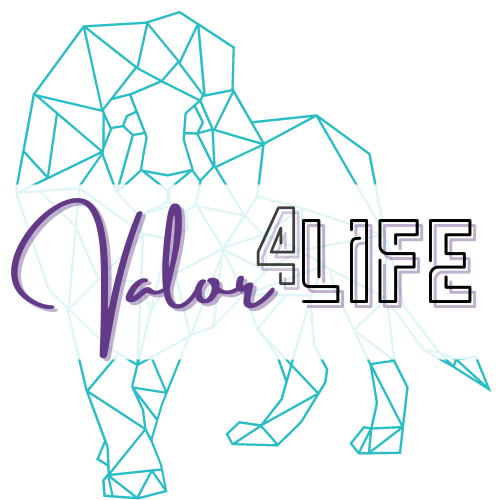

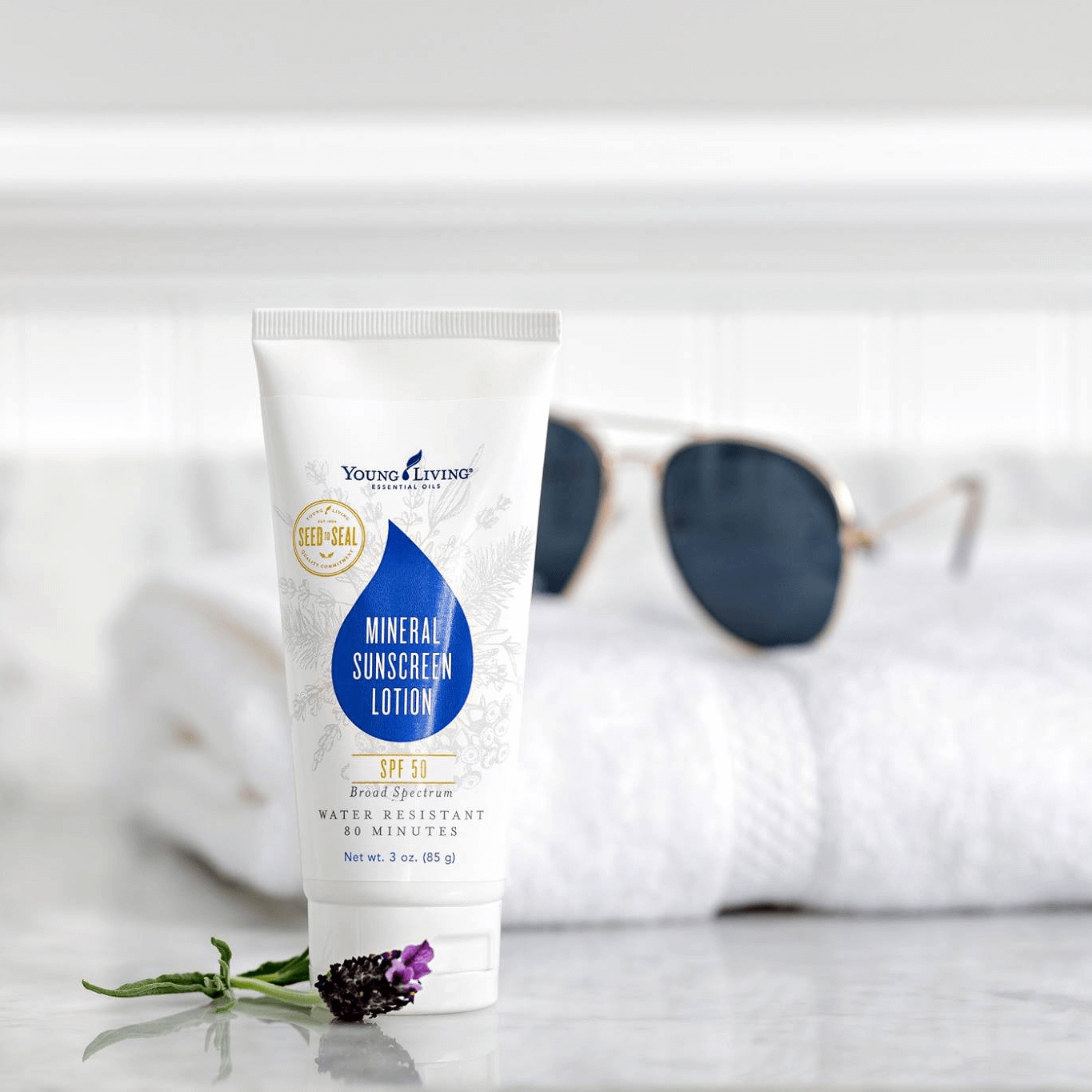

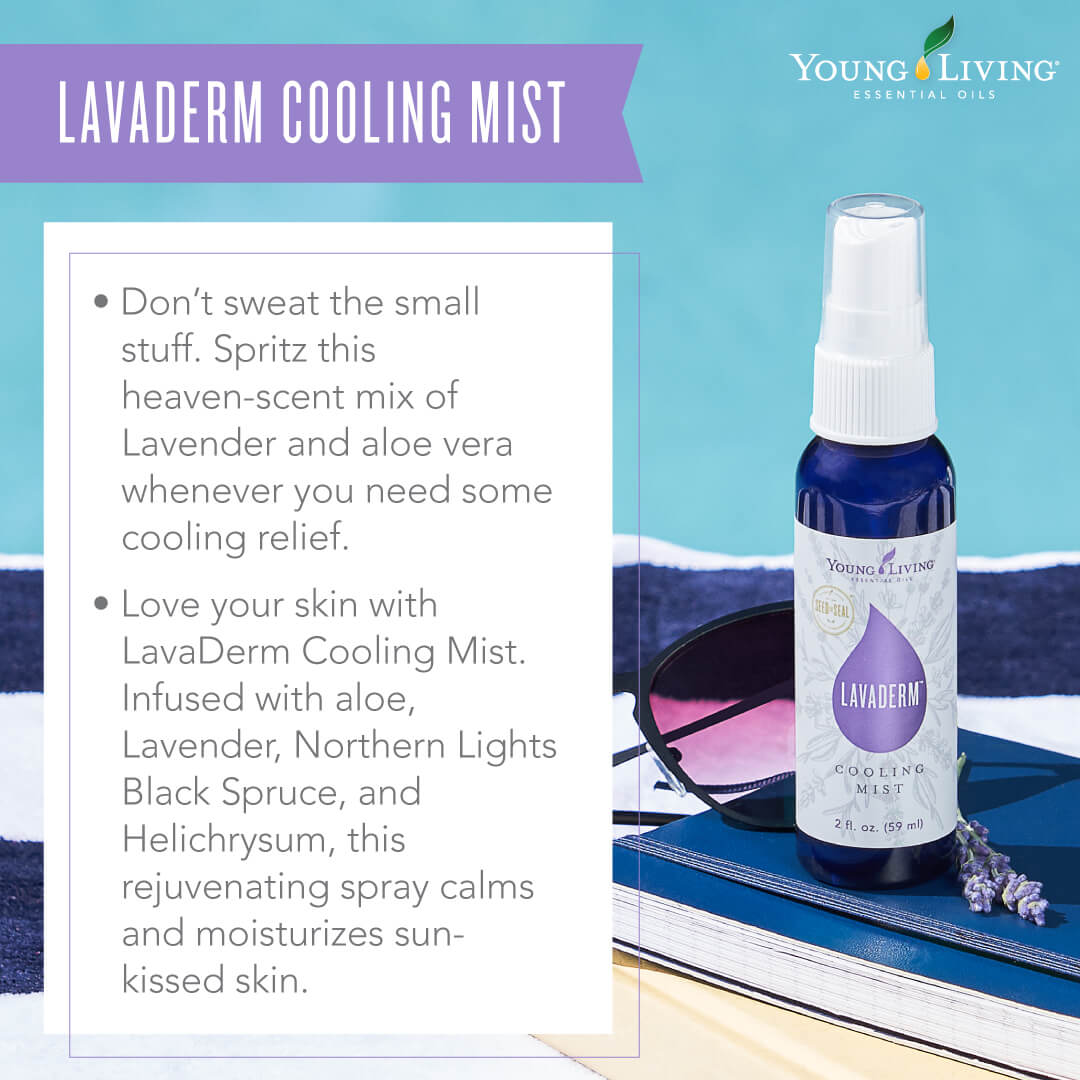
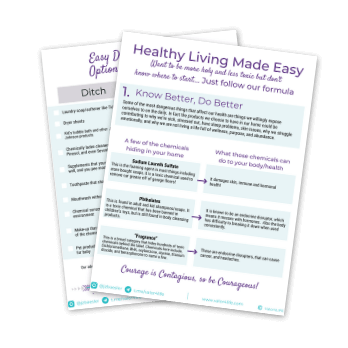




0 Comments